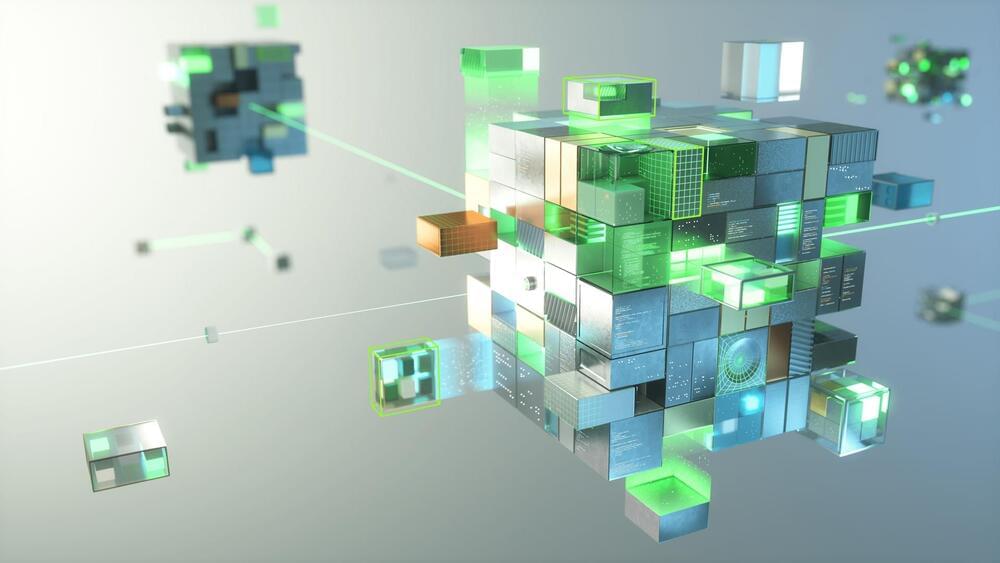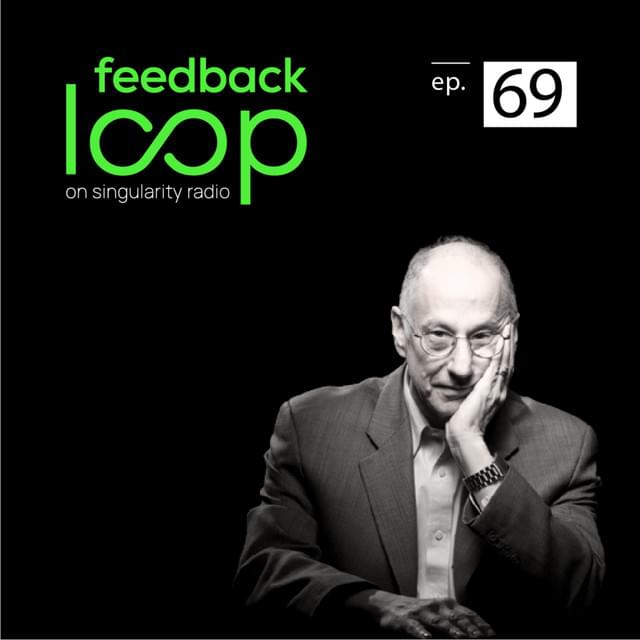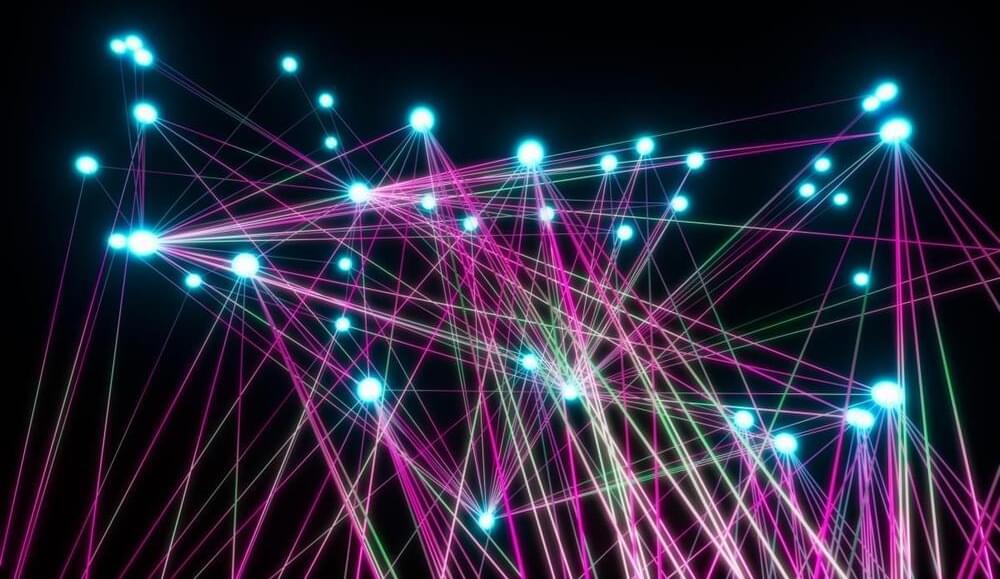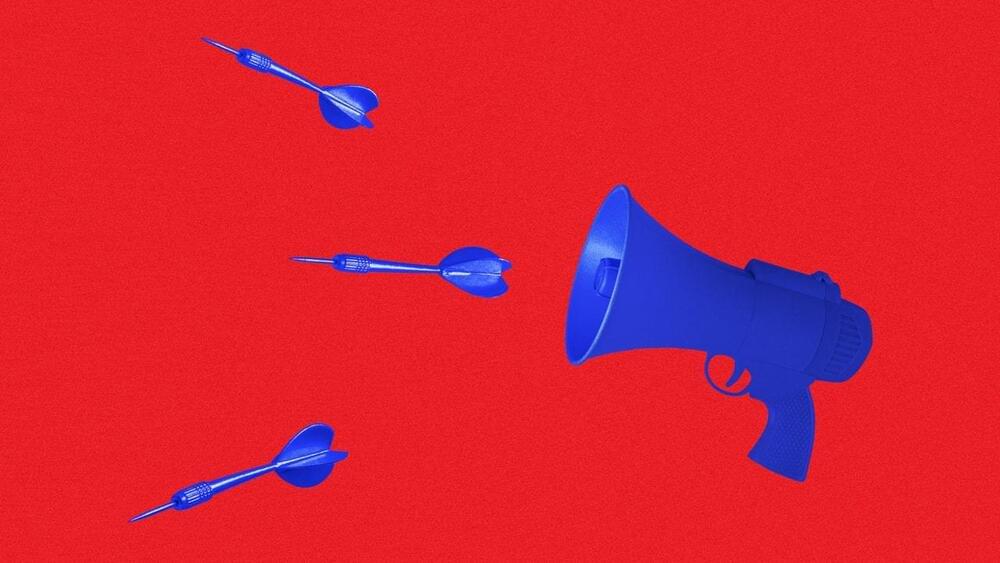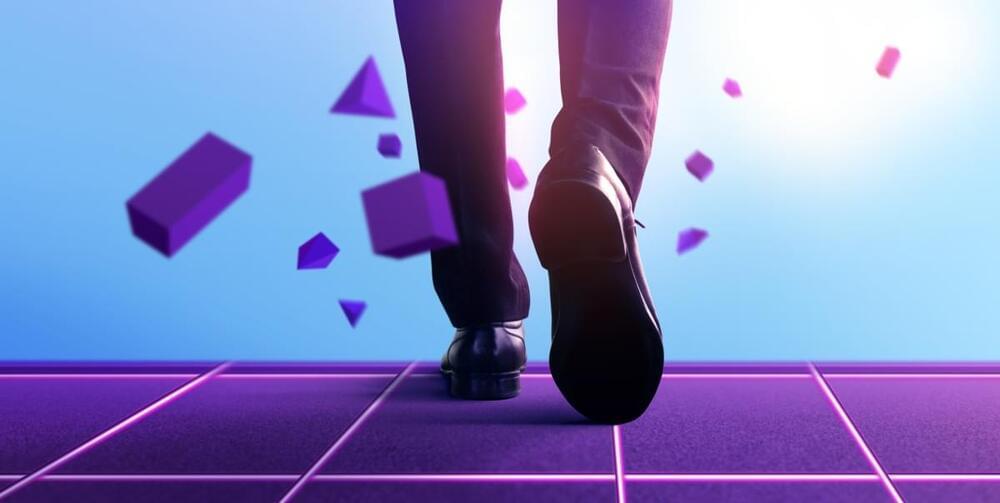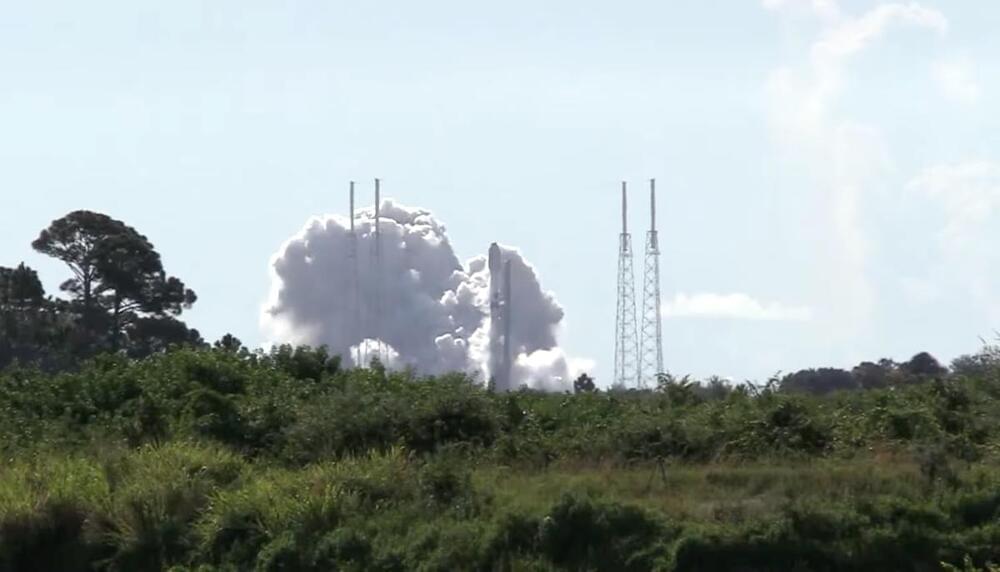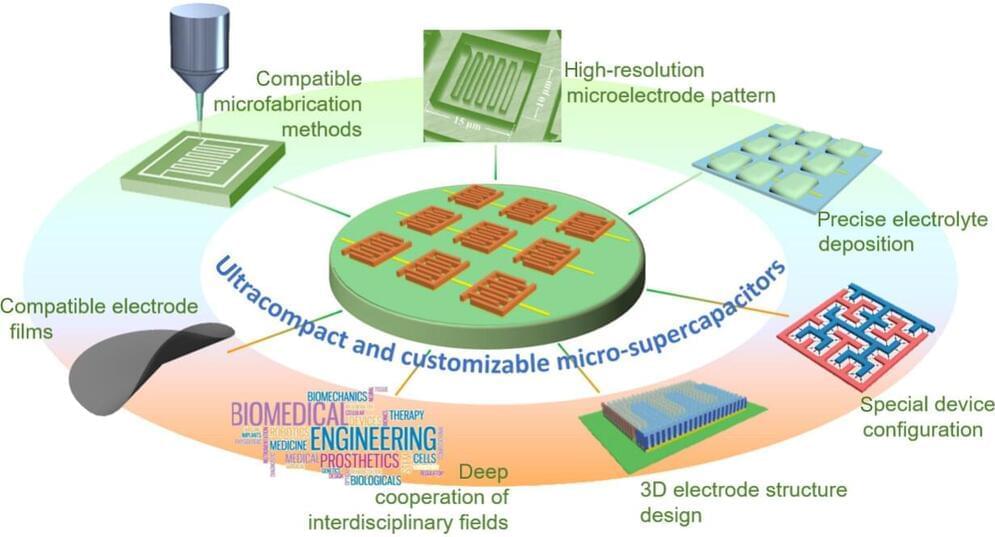NVIDIA, one of the tech sector’s power players, is pushing the Universal Scene Description protocol as the foundation of interoperable content and experiences in the metaverse. In a recent post the company explains why it believes the protocol, originally invented by Pixar, fits the needs of the coming metaverse.
Though the word metaverse is presently being used as a catchall for pretty much any multi-user application these days, the truth is that the vast majority of such platforms are islands unto themselves that have no connectivity to virtual spaces, people, or objects on other platforms. The ‘real’ metaverse, most seem to agree, must have at least some elements of interoperability, allowing users to seamlessly move from one virtual space to the next, much like we do today on the web.
To that end, Nvidia is pushing Universal Scene Description (USD) as the “HTML of the metaverse,” the company described in a recent post.
